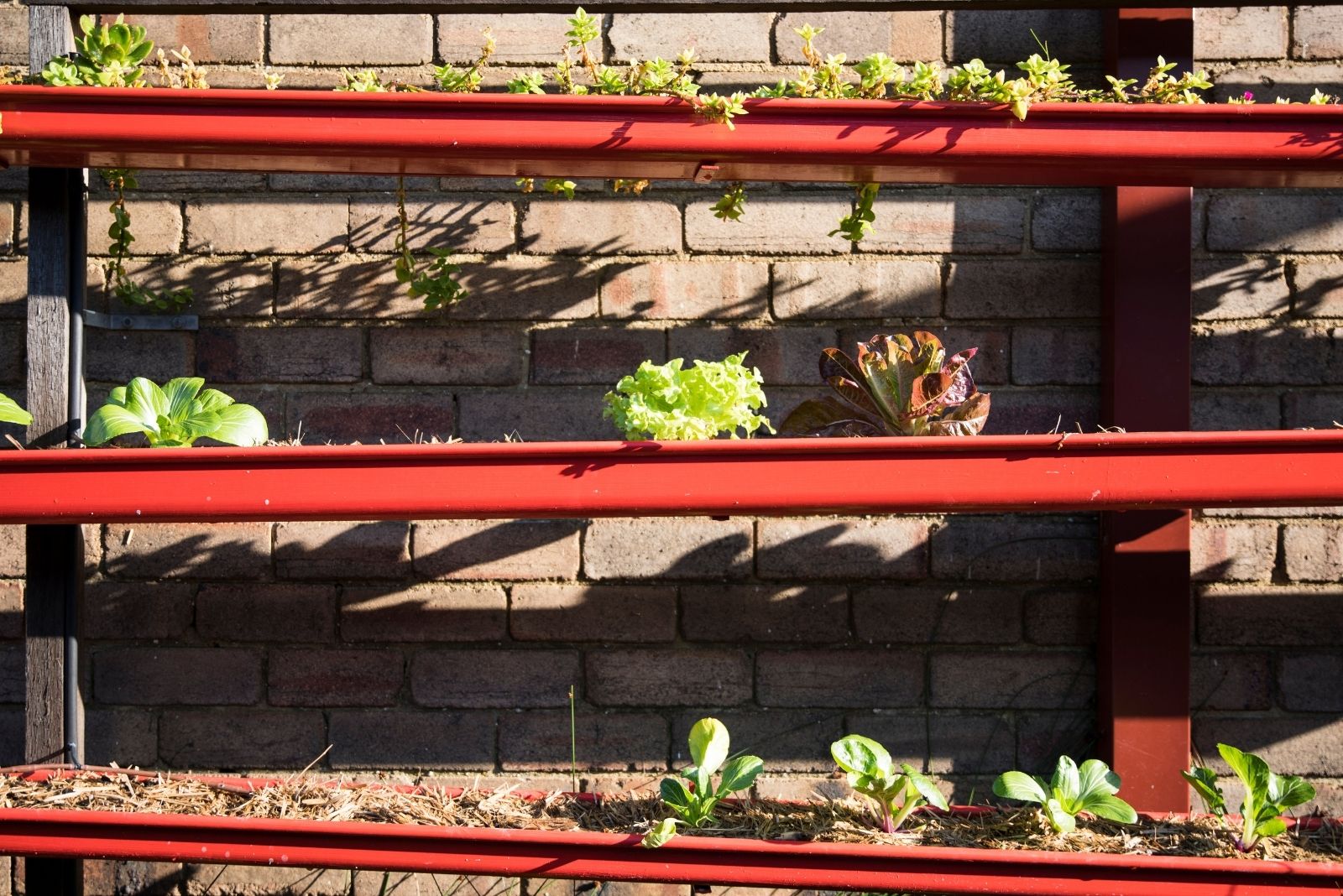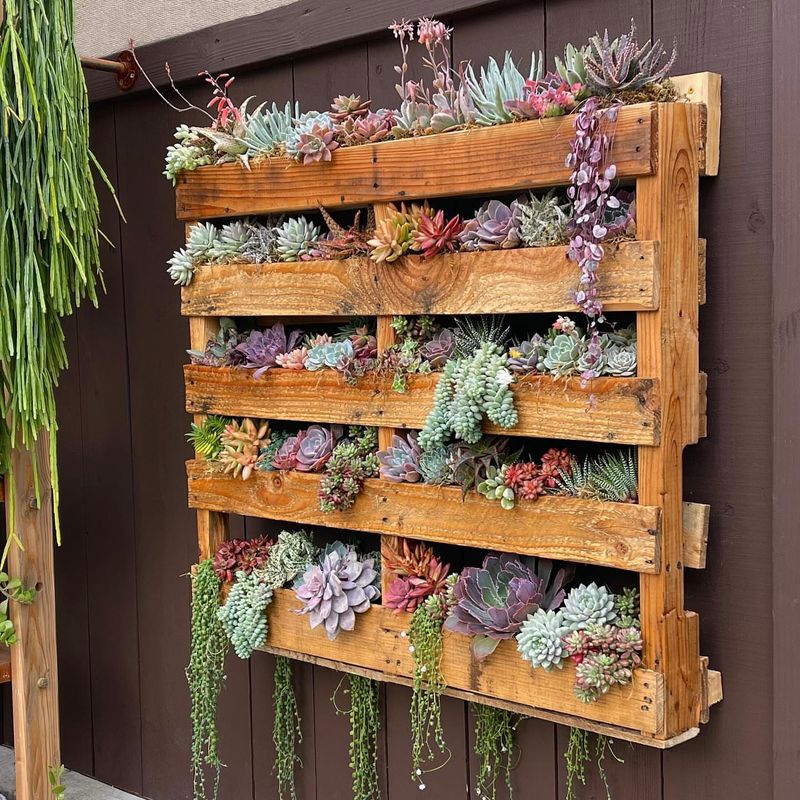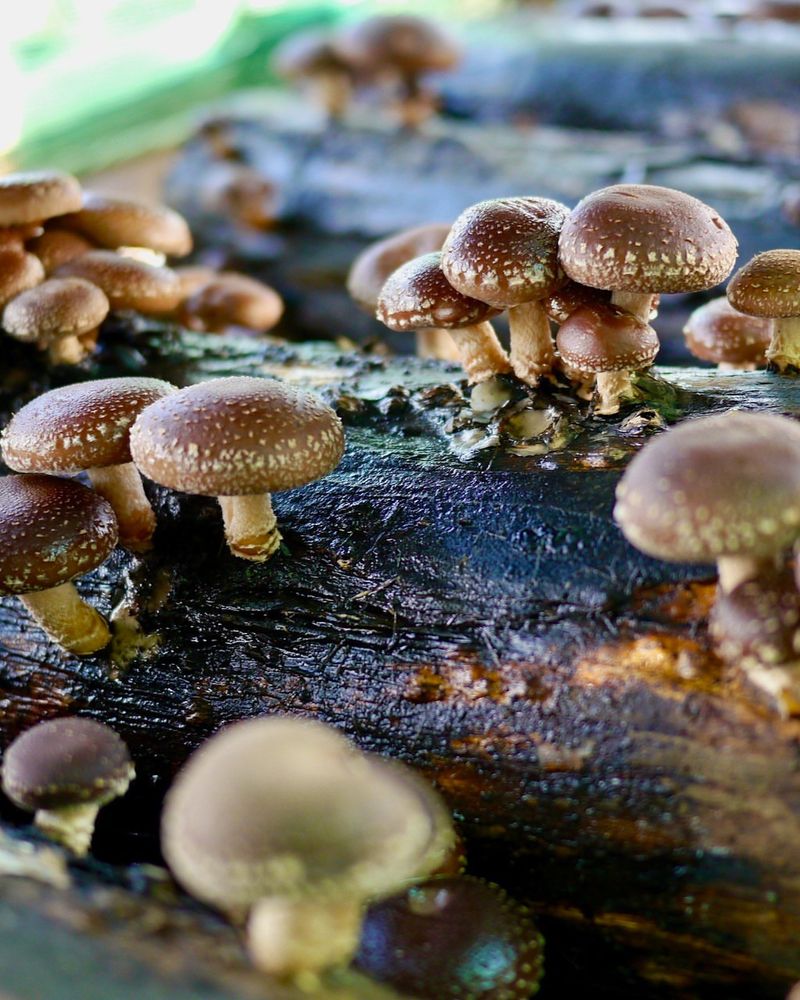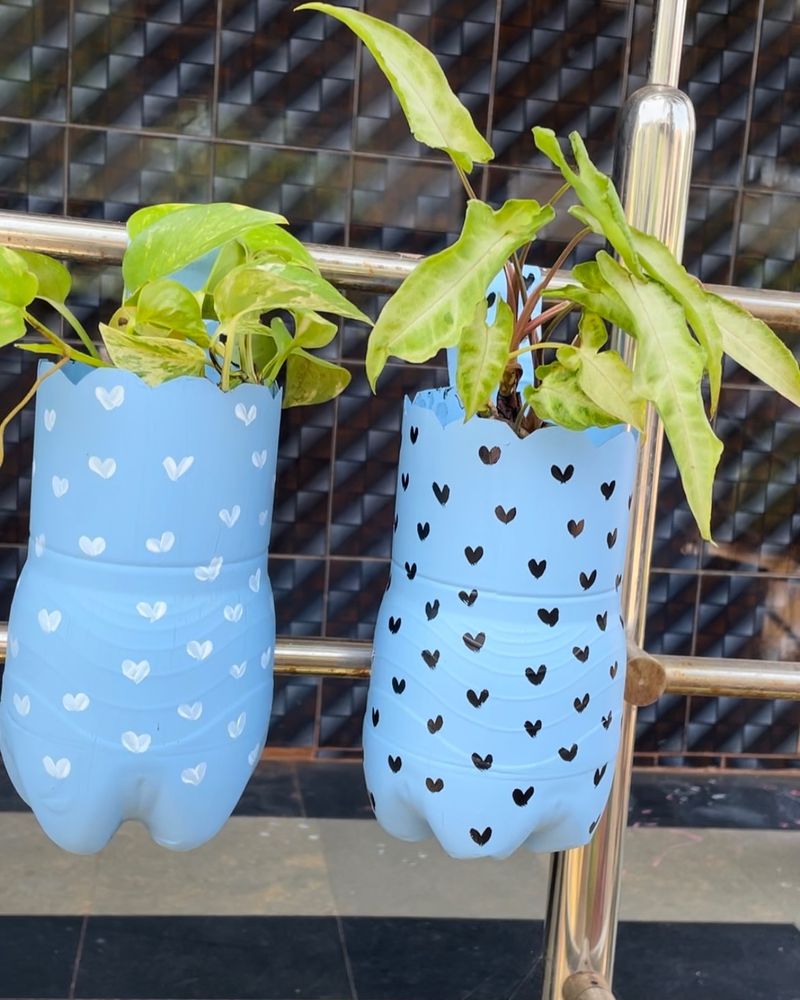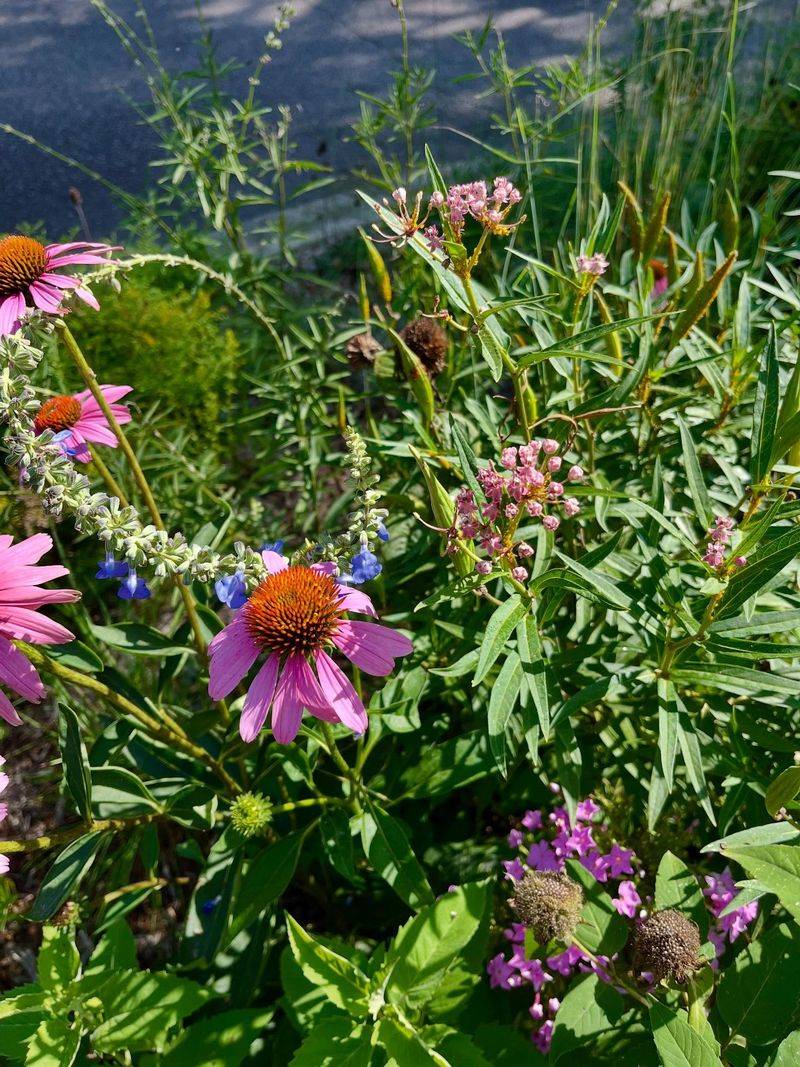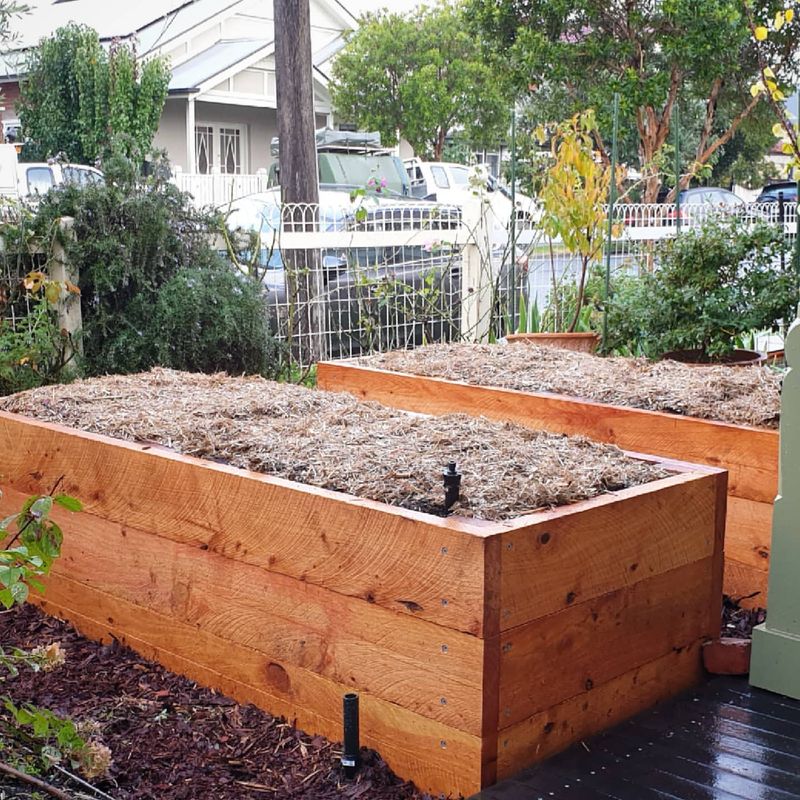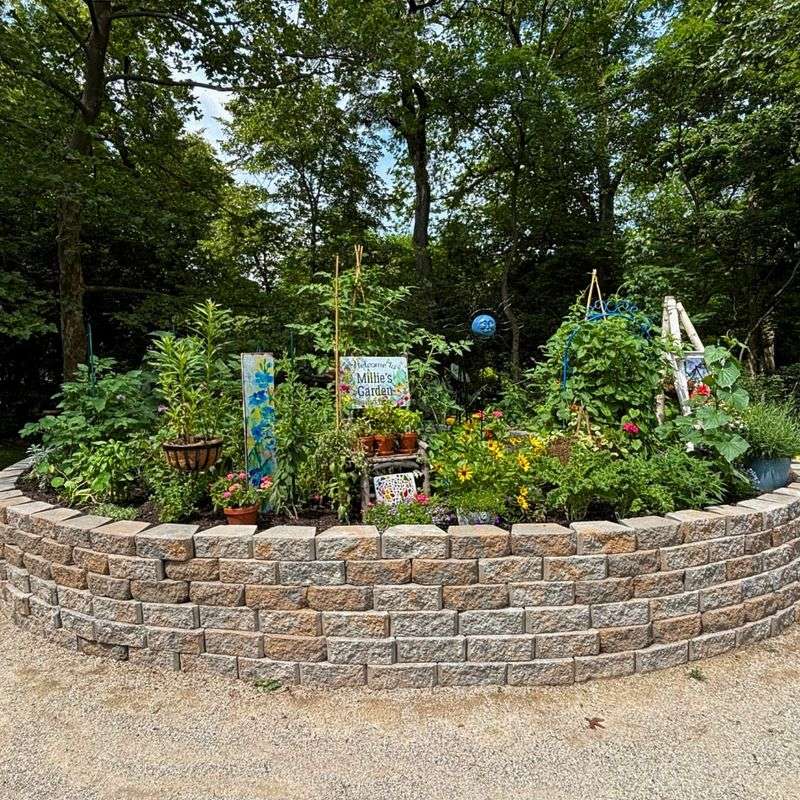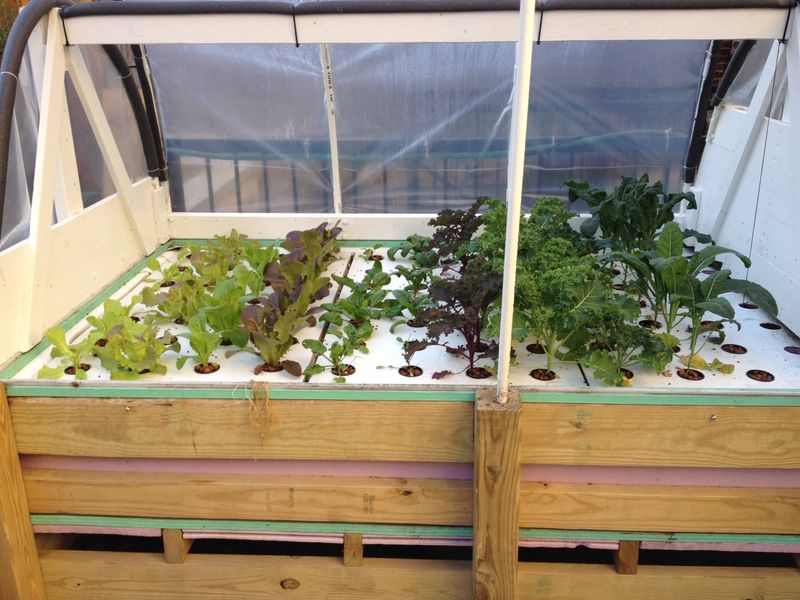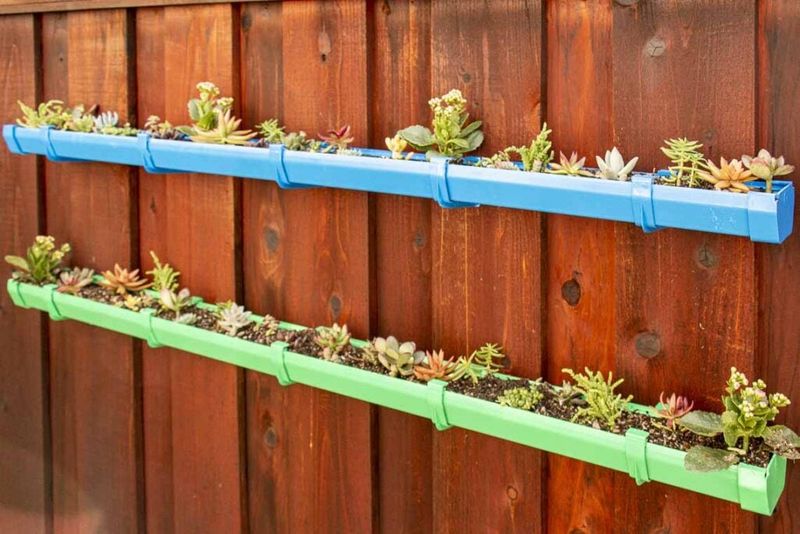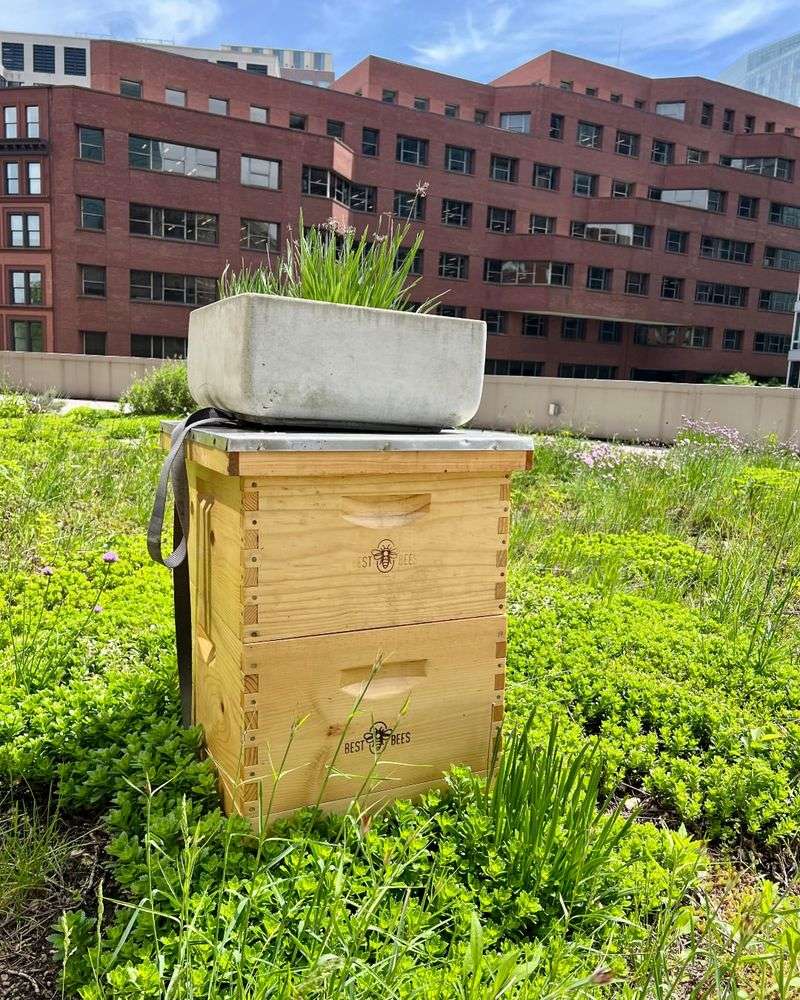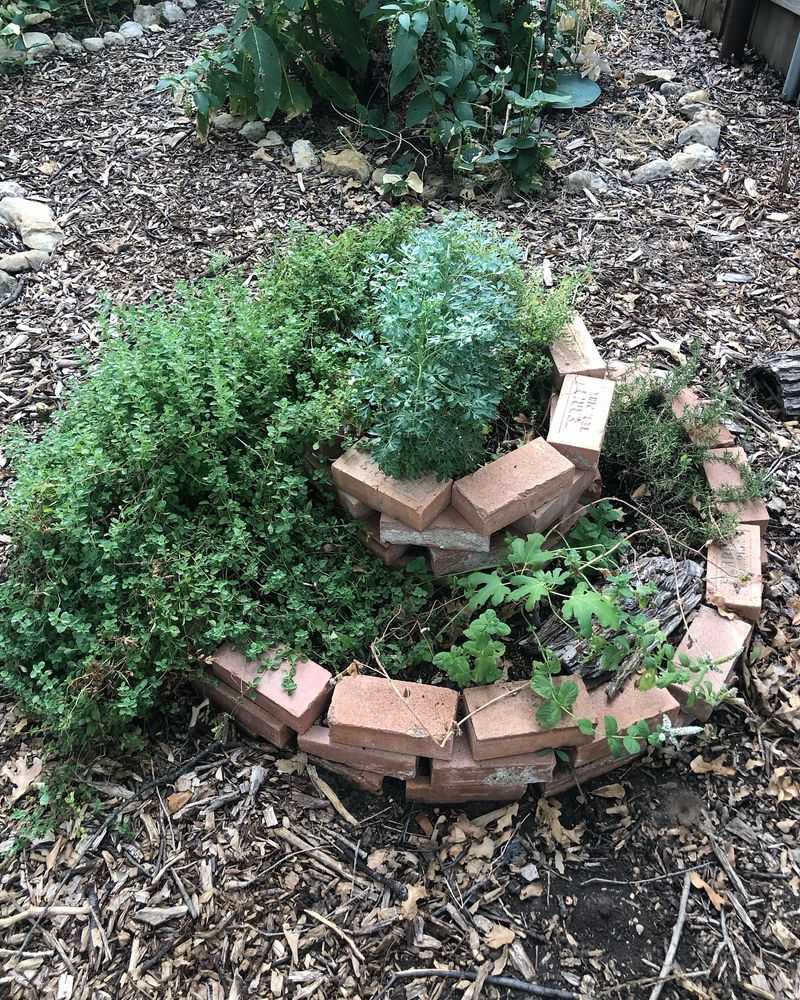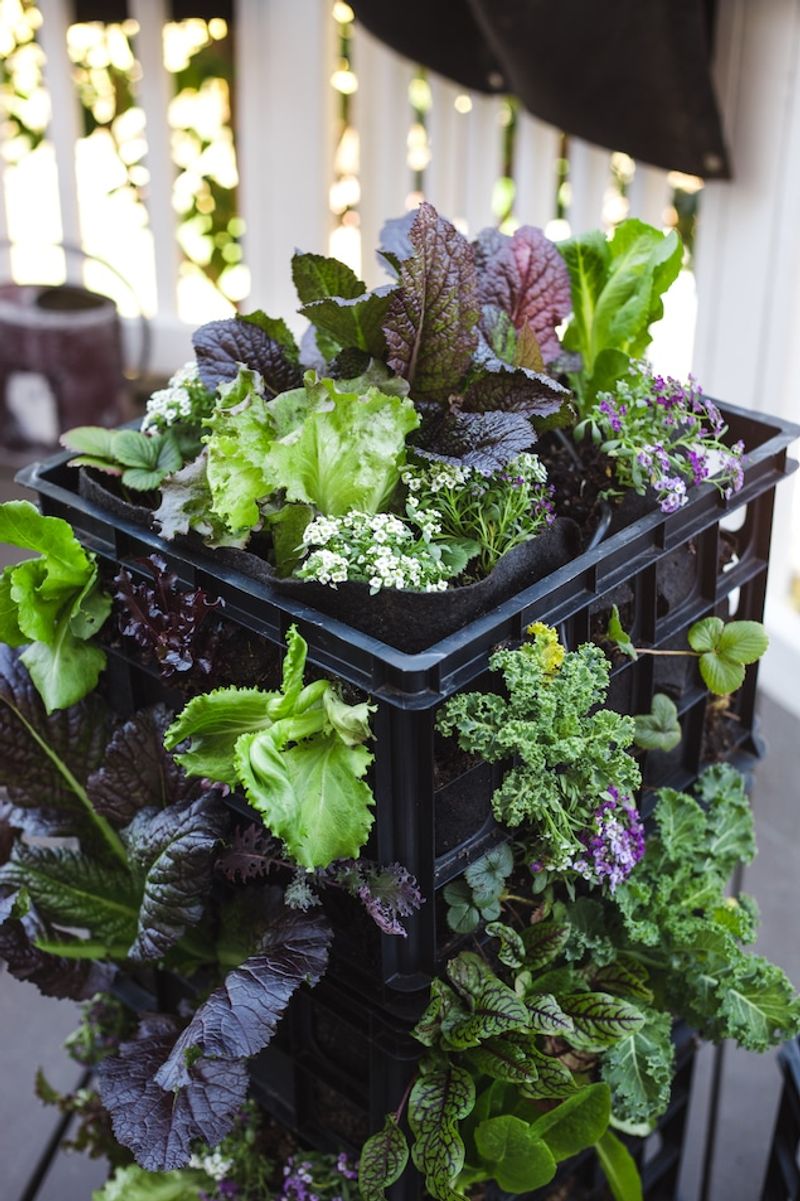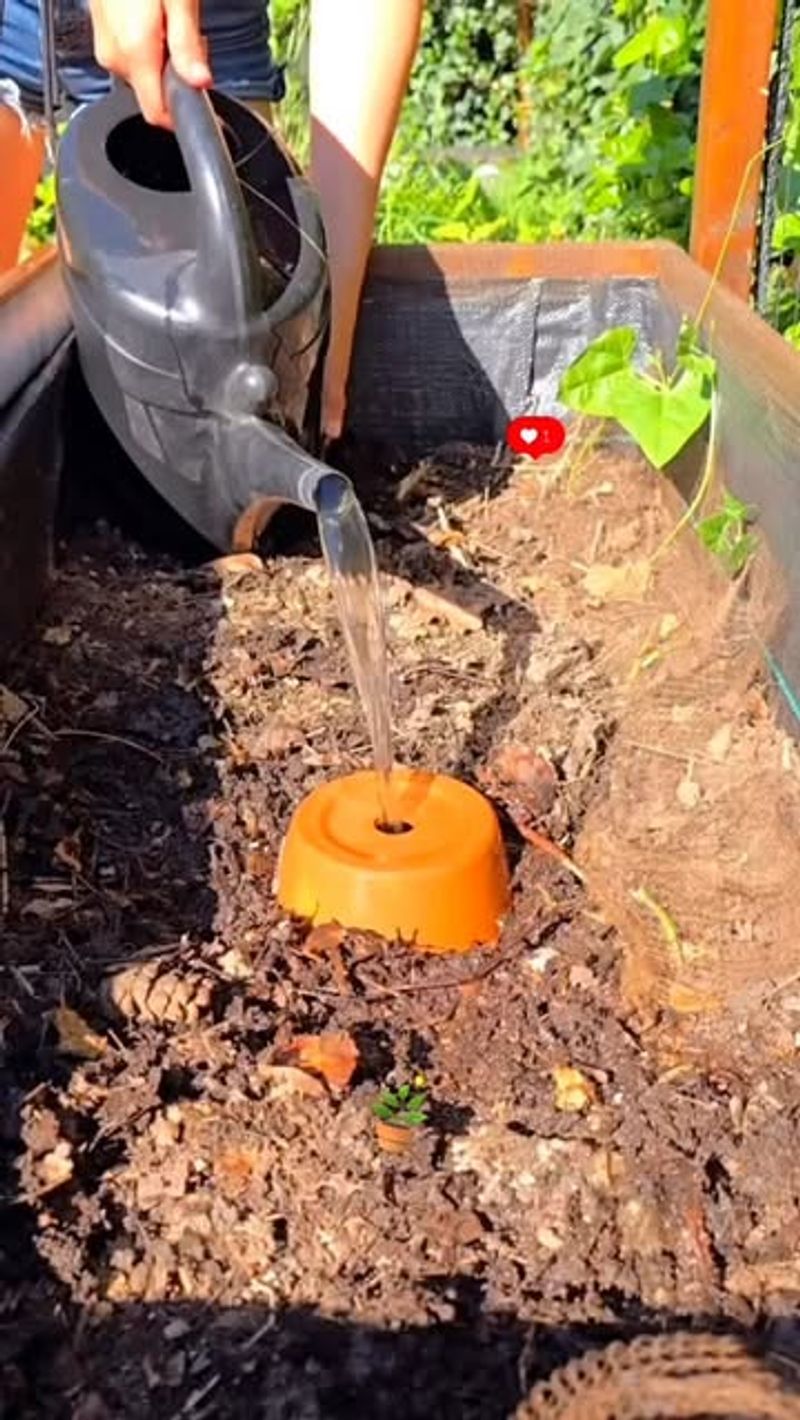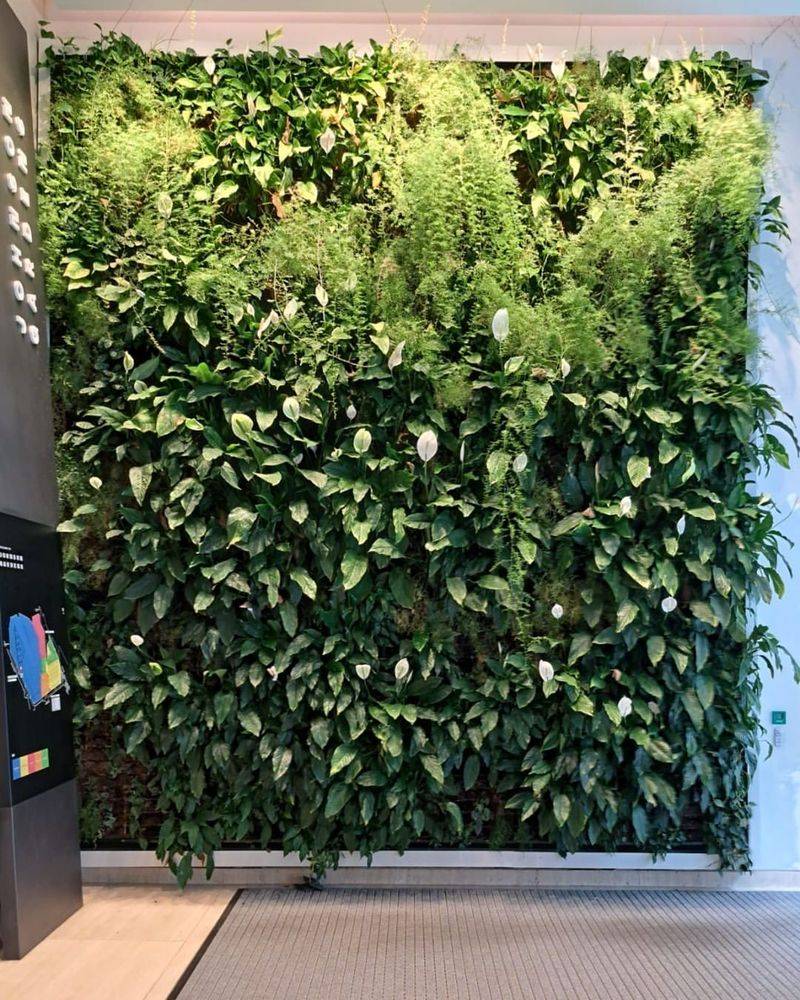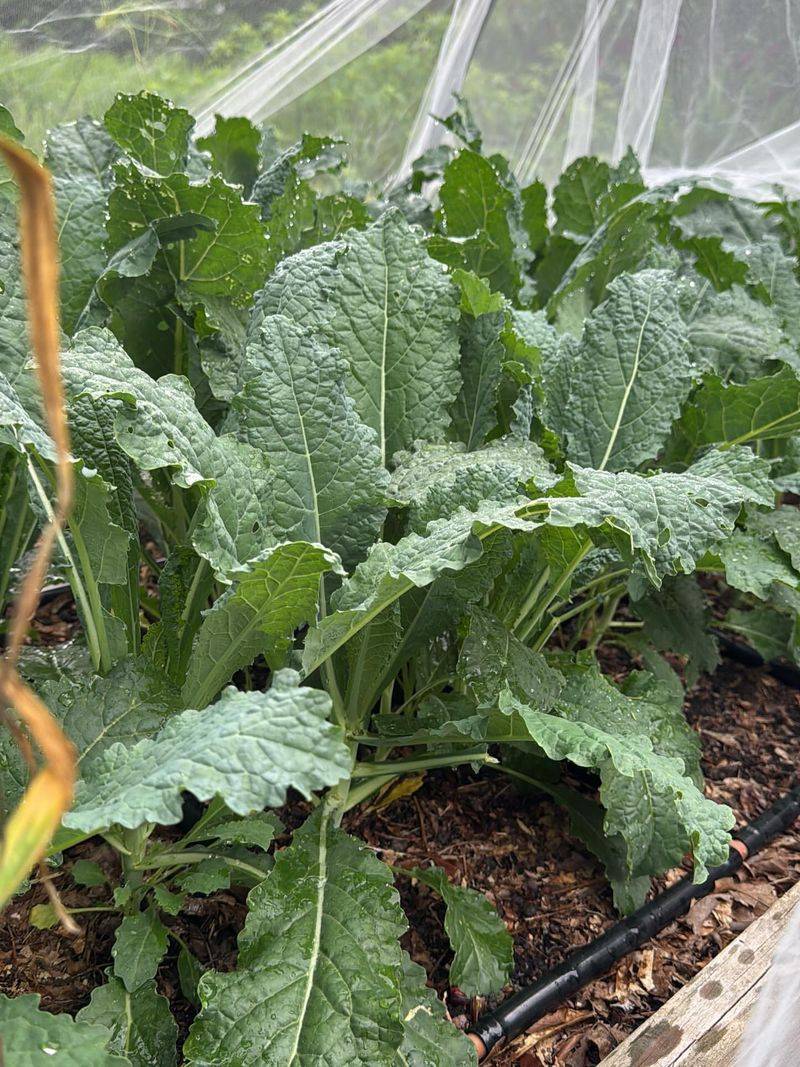City life often comes with tight spaces, patchy soil, and a serious lack of green. But that doesn’t mean you have to give up on gardening. With a little creativity, even the smallest corner can bloom.
Unconventional garden ideas—like vertical planters, window boxes, or rooftop beds—can turn concrete into color. They’re not just pretty; they’re practical too.
You’ll boost air quality, grow fresh food, and lift your mood. Urban gardening is all about making the most of what you’ve got. It’s proof that nature can thrive anywhere—even in the heart of the city.
1. Pallet Vertical Gardens
Old wooden pallets transform into space-saving vertical gardens perfect for herbs and small flowers. Simply stand a pallet on its side, attach planting pockets or small containers, and you’ve got an instant growing wall.
Urban dwellers with tiny balconies particularly benefit from this approach. The vertical orientation means you can grow dozens of plants in the footprint of a doormat, while the wooden structure adds rustic charm to concrete surroundings.
For best results, secure your pallet garden to a wall or railing, and choose shallow-rooted plants like strawberries, lettuce, and succulents that thrive in limited soil depth.
2. Rain Garden Bioswales
These shallow depressions collect rainwater runoff from roofs and pavement, preventing urban flooding while creating beautiful planted areas. Native water-loving plants thrive in these spots while filtering pollutants from stormwater.
During heavy rainfall, bioswales can reduce pressure on city drainage systems by up to 90%. The planted areas become miniature ecosystems, attracting beneficial insects and birds that might otherwise avoid urban areas.
Creating one requires minimal digging—just enough to form a gentle slope that directs water away from buildings and into your planted depression.
3. Mushroom Log Gardens
Hardwood logs inoculated with mushroom spores create food-producing gardens that thrive in shady, otherwise unusable urban spots. Shiitake and oyster varieties are particularly beginner-friendly and produce multiple harvests over several years.
Unlike most garden plants, mushrooms don’t need sunlight to grow—they actually prefer damp, shaded areas beneath trees or on north-facing balconies. This makes them perfect for urban areas where sunlight is blocked by tall buildings.
A single 4-foot oak log can produce up to 3 pounds of gourmet mushrooms per year, turning that dark corner of your yard into a productive food source.
4. Bottle Tower Gardens
Plastic bottles become vertical growing towers when stacked and connected, creating self-watering systems perfect for small spaces. Cut the bottoms off bottles, invert them, and fill with soil for an efficient urban garden that recycles waste.
Water poured into the top bottle trickles down through each level, ensuring nothing is wasted. These towers can be hung on walls or balcony railings, making use of vertical space in cramped city apartments.
Each tower typically uses 6-10 bottles and can grow different plants at each level—try herbs at the top where it’s driest, and water-loving greens at the bottom.
5. Pollinator Pocket Prairies
Tiny urban meadows packed with native wildflowers create crucial habitat for bees and butterflies while requiring almost no maintenance. Even a 3×3 foot patch can support dozens of pollinator species that struggle in cities.
Unlike manicured lawns, these mini-prairies need no mowing, fertilizing, or watering once established. The deep roots of prairie plants also improve soil structure and prevent erosion in urban areas prone to compaction.
Choose regional wildflower mixes for best results. Many city dwellers report seeing butterfly species they’d never noticed before after installing these pocket-sized nature preserves.
6. Wicking Bed Gardens
These clever raised beds feature a water reservoir beneath the soil that keeps plants hydrated from below. Urban gardeners report using up to 70% less water compared to traditional gardens—crucial in cities with water restrictions.
The reservoir is typically created using a pond liner filled with gravel, with a pipe extending to the surface for refilling. Soil draws moisture upward through capillary action, delivering exactly what plants need without wasteful runoff.
Wicking beds excel during heat waves when conventional gardens struggle. The constant moisture supply means you can leave for a week without worrying about watering your urban vegetables.
7. Keyhole Compost Gardens
Originating in Africa, these circular raised beds feature a central compost column that continuously feeds nutrients to surrounding plants. The keyhole-shaped access path lets urban gardeners reach the center without stepping on growing areas.
Kitchen scraps added to the central wire basket decompose and release nutrients directly where needed. Rainwater carries these nutrients outward to feed plants growing in the surrounding bed.
This design maximizes growing space while minimizing maintenance—perfect for busy city dwellers. One 6-foot diameter keyhole garden can produce enough vegetables for a small family in just 50 square feet.
8. Balcony Aquaponics Systems
Compact fish tanks paired with growing beds create closed-loop ecosystems where fish waste fertilizes plants, and plants clean water for the fish. These systems fit on balconies and produce both vegetables and protein in minimal space.
Small systems using 20-gallon tanks can support a dozen fish and enough greens for weekly harvests. The constant water circulation means these systems use 90% less water than conventional gardening—a major advantage in urban environments.
Tilapia, goldfish, and minnows all work well in apartment-sized systems. The bubbling water creates a pleasant ambient sound that masks city noise, adding another benefit to urban living spaces.
9. Fence-Mounted Gutter Gardens
Vinyl rain gutters mounted on fences create instant horizontal growing space for shallow-rooted crops. This technique turns boundary lines into productive growing zones without taking up precious ground space in urban yards.
Drilling small drainage holes prevents waterlogging, while the white color reflects sunlight to boost plant growth. Lettuces, radishes, and strawberries thrive in these narrow channels that might otherwise be wasted space.
A single 10-foot fence can support three tiers of gutters, providing up to 30 linear feet of growing space—enough for dozens of lettuce plants or a summer’s worth of fresh herbs.
10. Rooftop Bee Gardens
Urban rooftops transformed into pollinator havens help bee populations while improving urban ecology. Surprisingly, city honey often contains greater plant diversity than rural honey due to the variety of ornamentals planted throughout neighborhoods.
Lightweight containers filled with bee-friendly plants like lavender, borage, and native wildflowers create ideal habitat. Shallow water dishes with landing spots provide crucial hydration for pollinators in the concrete jungle.
Many cities now permit small-scale beekeeping, allowing urbanites to harvest honey from their own rooftops. Even without hives, these gardens significantly increase pollination of nearby community gardens and fruit trees.
11. Spiral Herb Gardens
These beautiful coiled structures create multiple microclimates in a small footprint, allowing urban gardeners to grow dozens of herbs with different needs in one compact space. The spiral shape maximizes growing area while minimizing the actual ground space required.
Built from stacked stones or bricks, the structure creates sunny, dry conditions at the top and shadier, moister spots at the bottom. Mediterranean herbs like rosemary and thyme thrive up high, while mint and watercress flourish in the lower sections.
A 5-foot diameter spiral can accommodate 20-30 different herbs—essentially an entire spice rack growing in a corner of your urban patio.
12. Milk Crate Urban Farms
Plastic milk crates lined with landscape fabric become modular growing containers that can be rearranged as needed. The stackable, movable nature makes them perfect for renters and those with temporary urban spaces.
The open sides of crates allow for air pruning of roots, preventing the circling that occurs in conventional pots. This results in healthier plants and better yields—crucial when making the most of limited city growing space.
A collection of 20 crates can produce over 100 pounds of vegetables annually. Their uniform size creates a tidy, organized look even in small urban courtyards or rooftops.
13. Buried Clay Pot Irrigation
Unglazed terracotta pots buried neck-deep in garden beds slowly release water directly to plant roots. This ancient technique reduces water consumption by up to 70% compared to surface watering—a game-changer for drought-prone urban areas.
Simply fill the exposed pot every few days, and water gradually seeps through the porous clay directly to the root zone. This targeted hydration prevents surface evaporation and discourages weeds from germinating between plants.
One medium-sized pot can irrigate a 3-foot diameter growing area, making this ideal for community garden plots where watering time may be limited.
14. Living Wall Air Filters
Indoor vertical gardens filled with specific air-purifying plants act as natural air filters in polluted urban environments. NASA research identified several houseplants that excel at removing common indoor toxins like formaldehyde and benzene.
Spider plants, peace lilies, and snake plants are particularly effective at improving air quality. When grown vertically on interior walls, these plants can process significant amounts of air without taking up valuable floor space in small urban apartments.
A 6×4 foot living wall can contain 40-50 plants and process as much air as a small mechanical air purifier while adding humidity and natural beauty to city living spaces.
15. Food Forest Parkways
Street-side strips between sidewalks and roads transform into edible landscapes when planted with fruit trees, berry bushes, and perennial vegetables. These public-facing gardens put otherwise wasted urban space to productive use.
Choosing low-maintenance perennial food plants means these areas require minimal care once established. Dwarf fruit trees, currants, and herbs like rosemary create beautiful, functional landscapes that benefit the entire neighborhood.
Beyond food production, these plantings absorb rainwater runoff, reduce urban heat island effect, and create habitat corridors for beneficial insects and birds moving through the concrete landscape.

